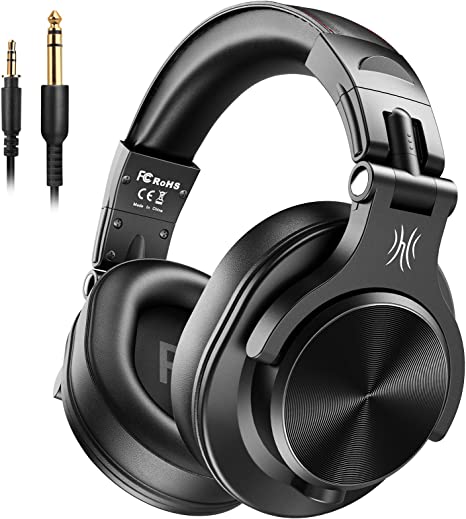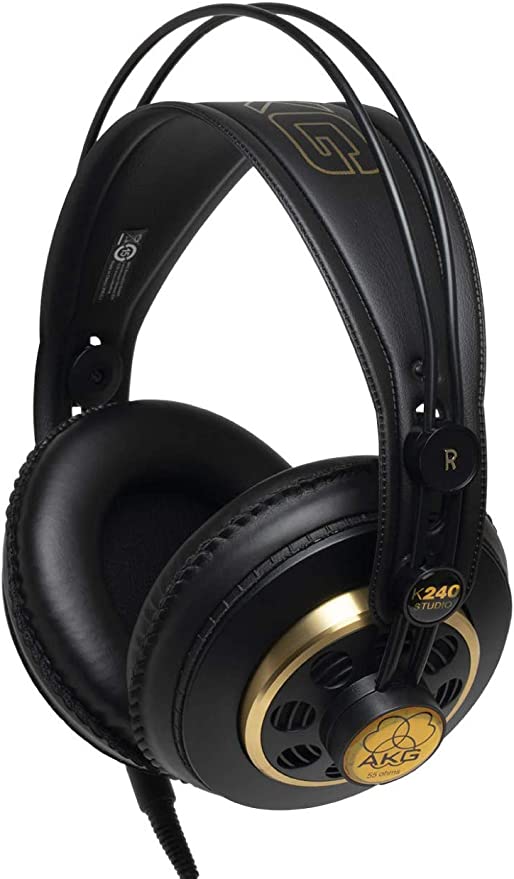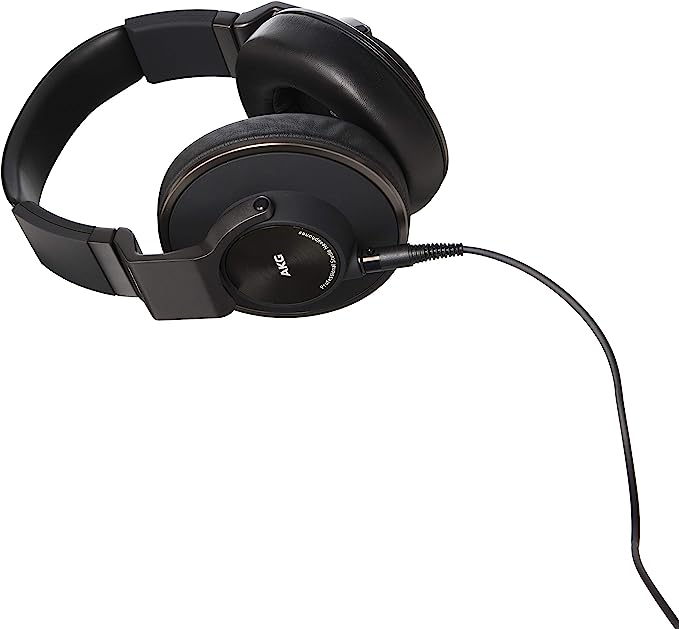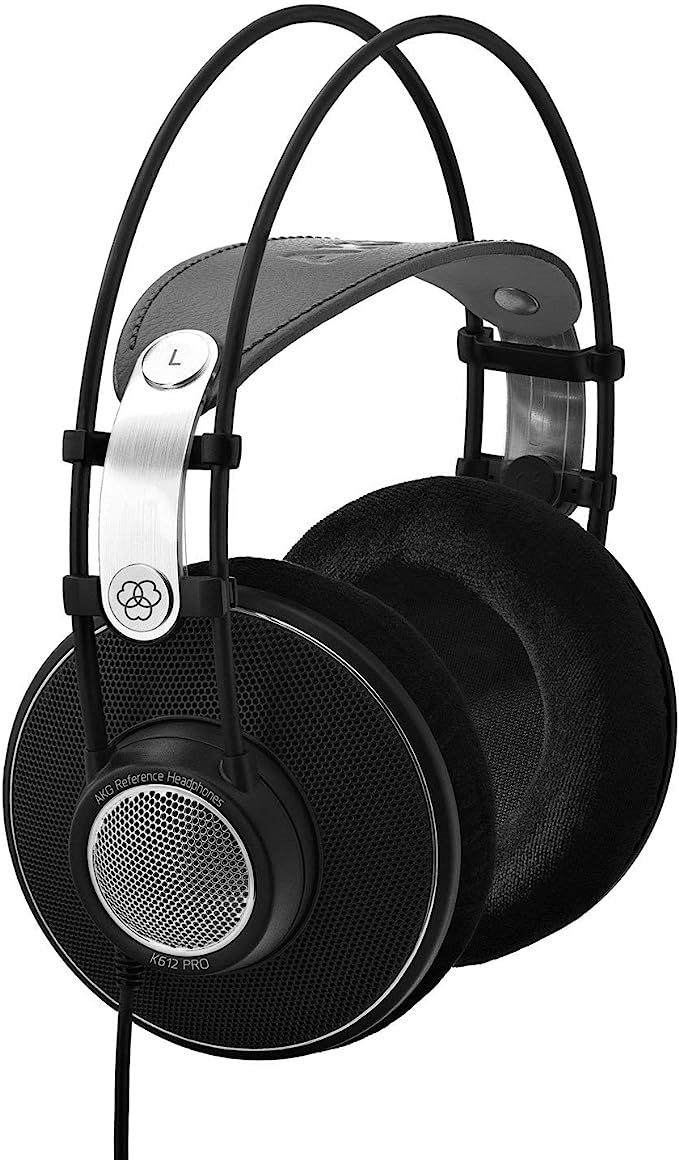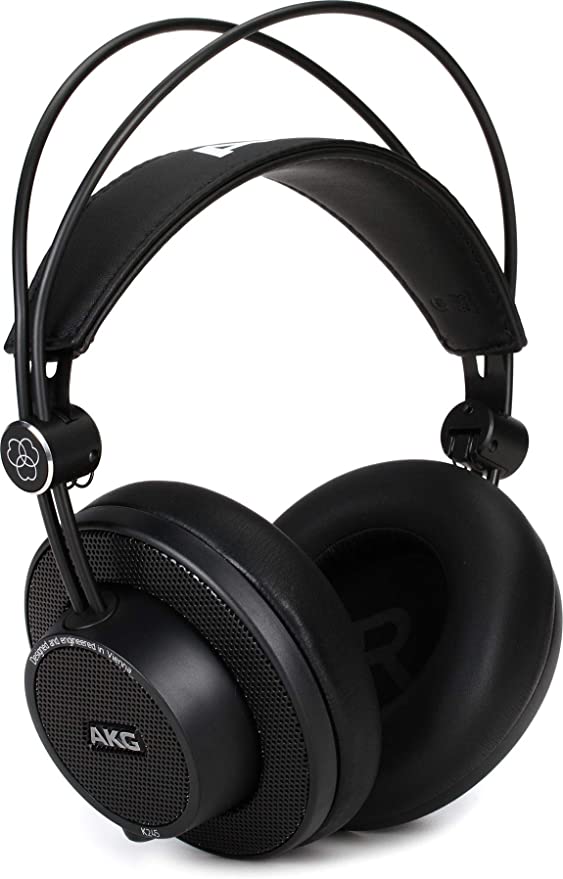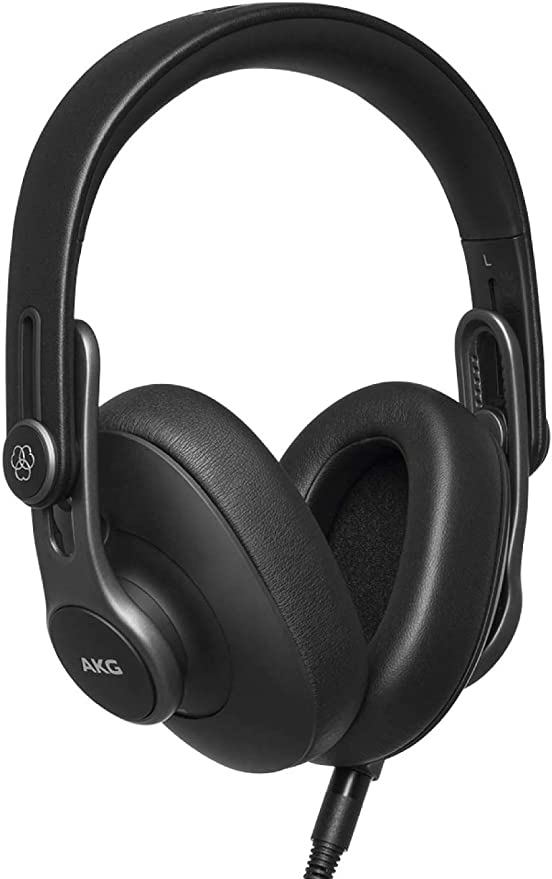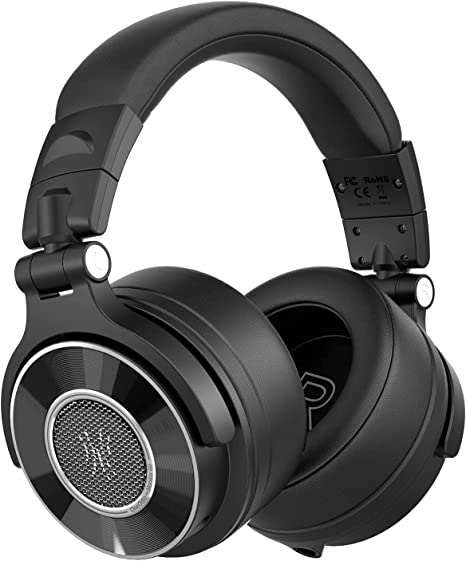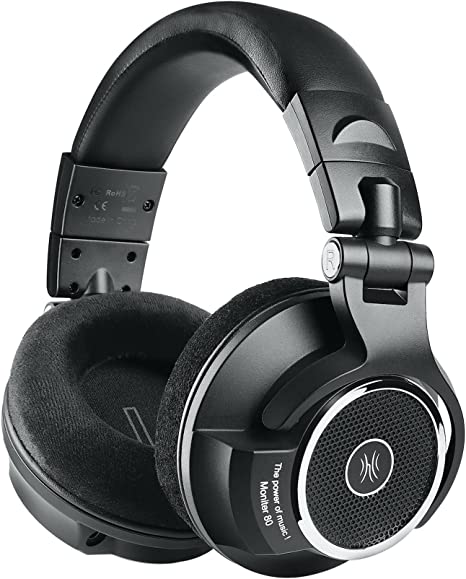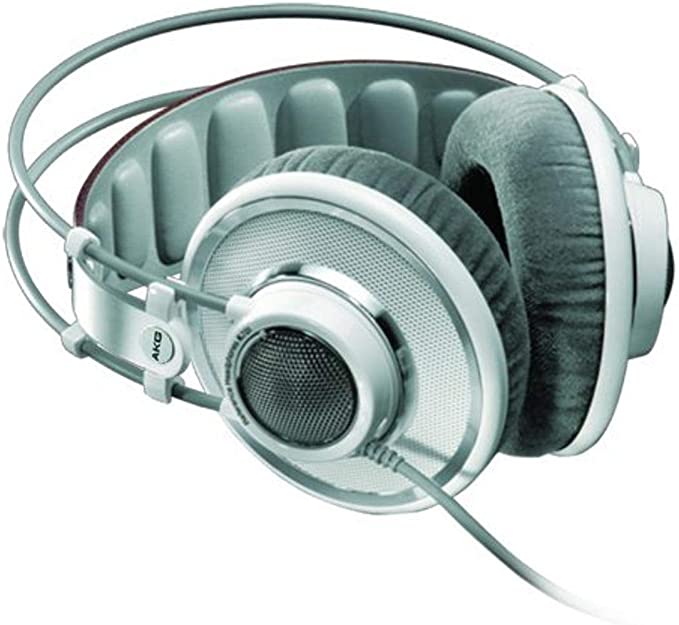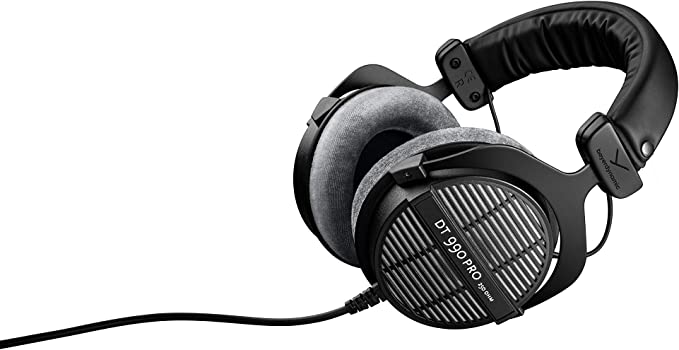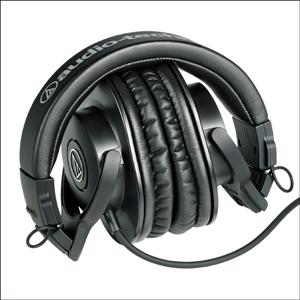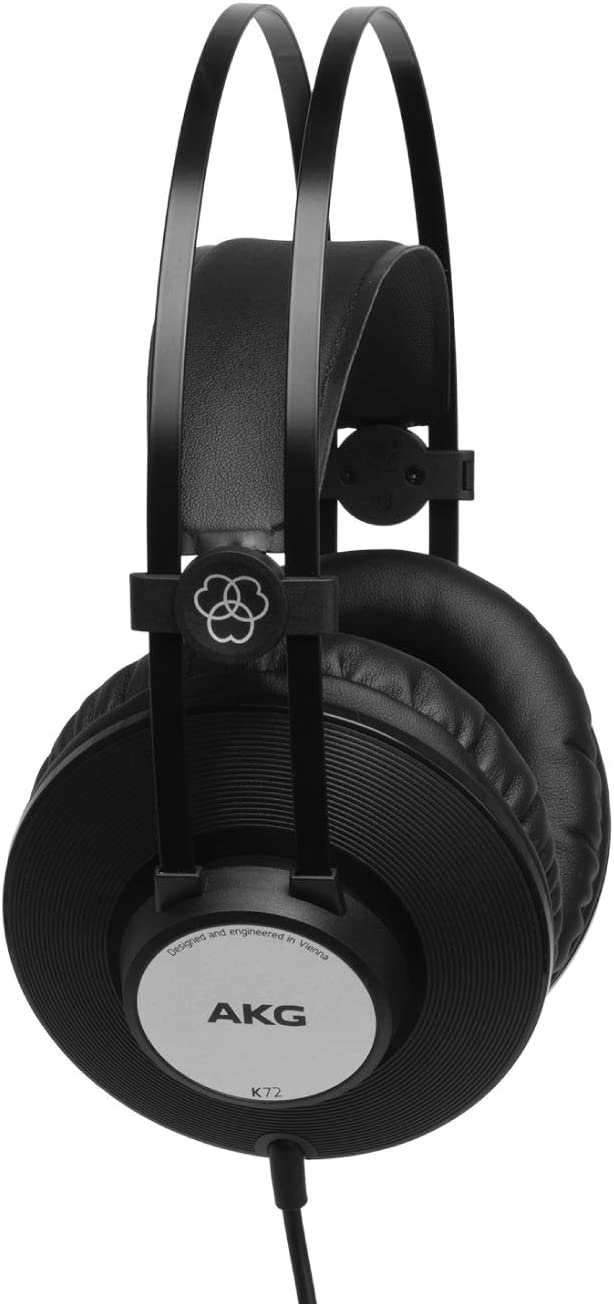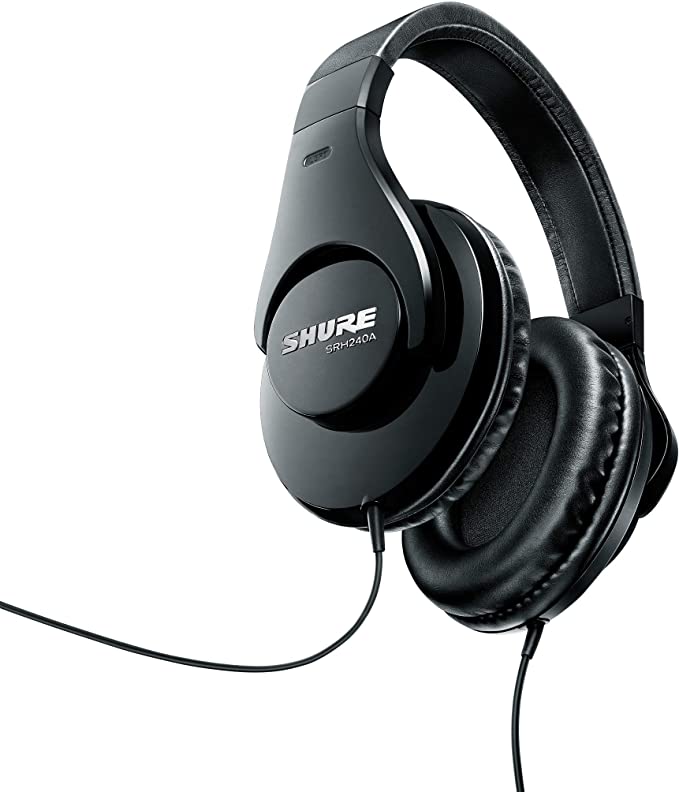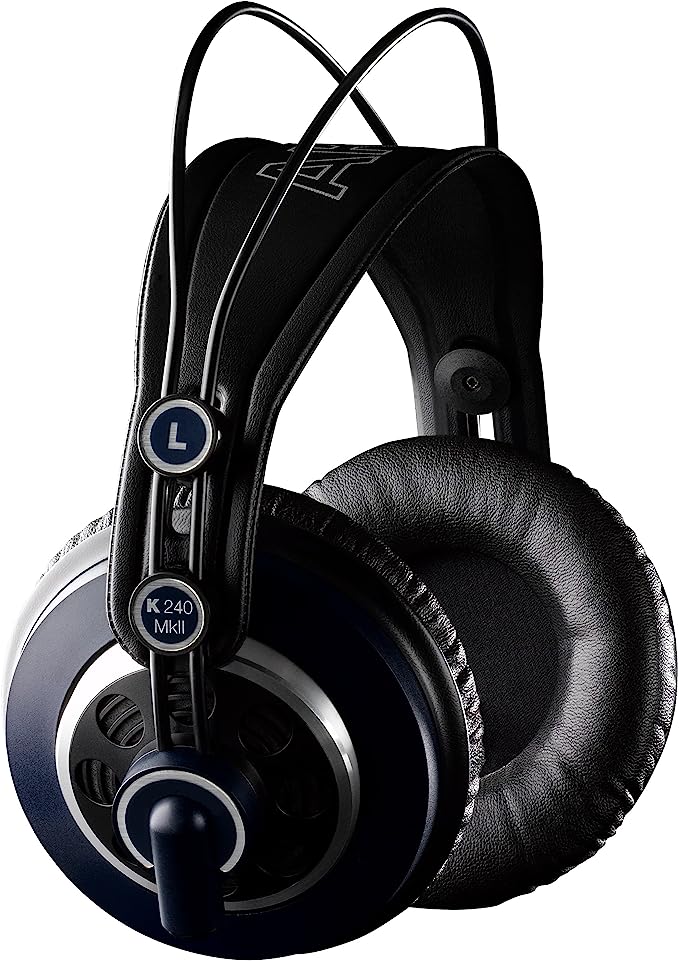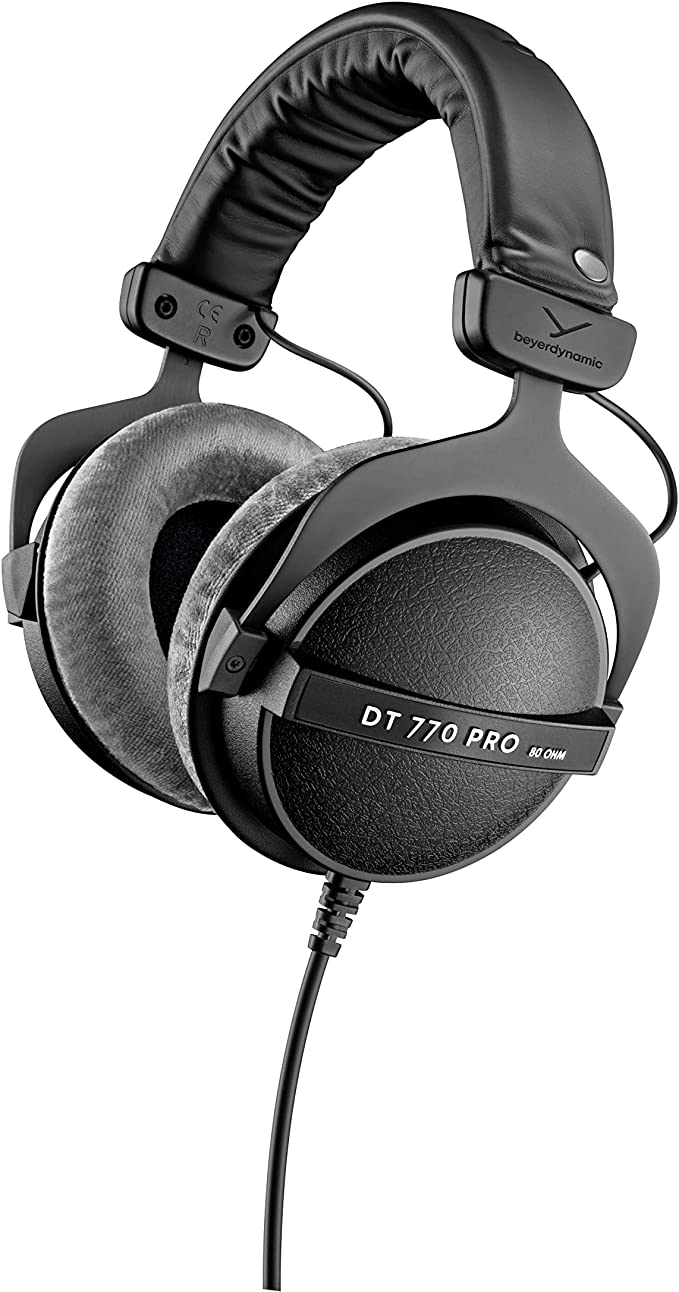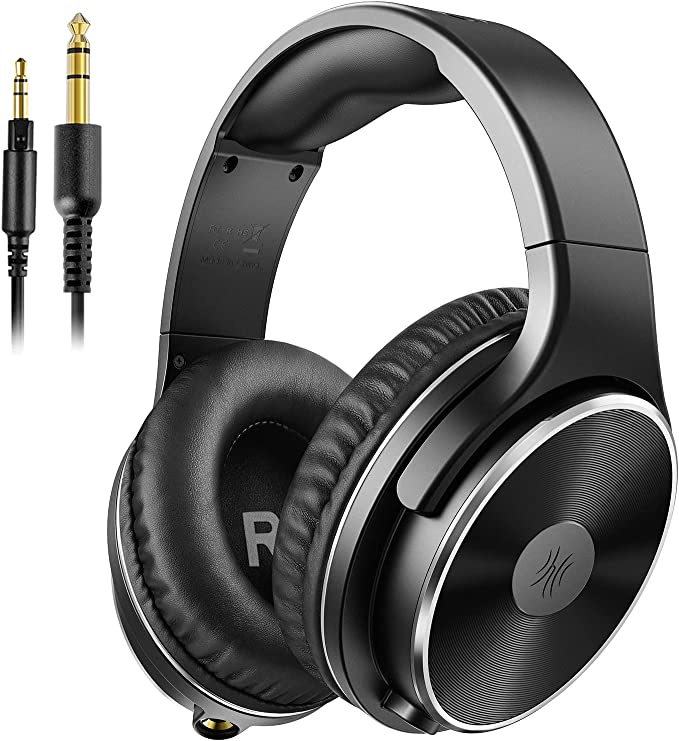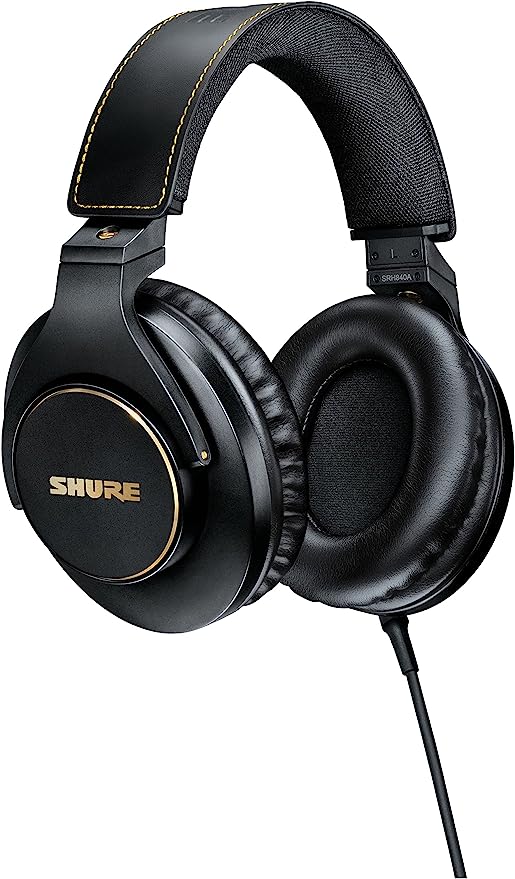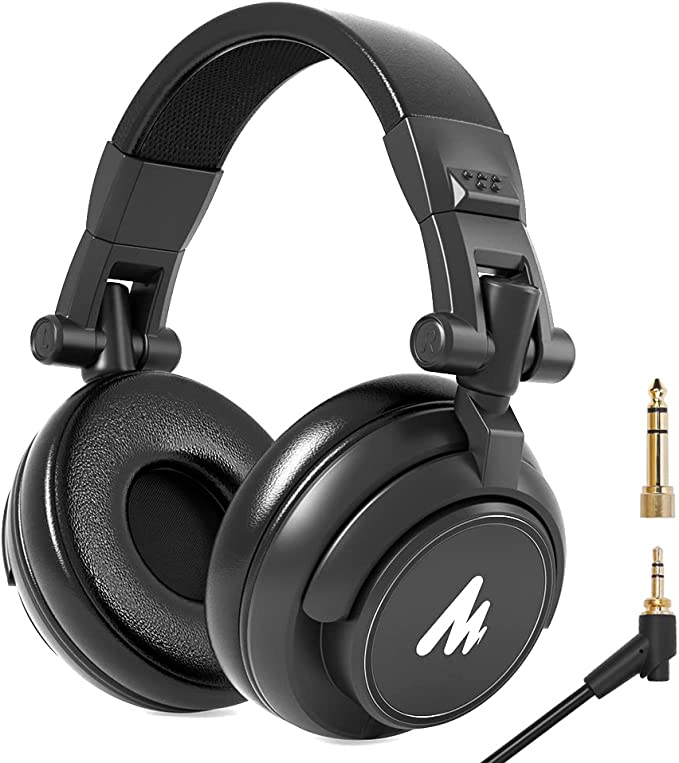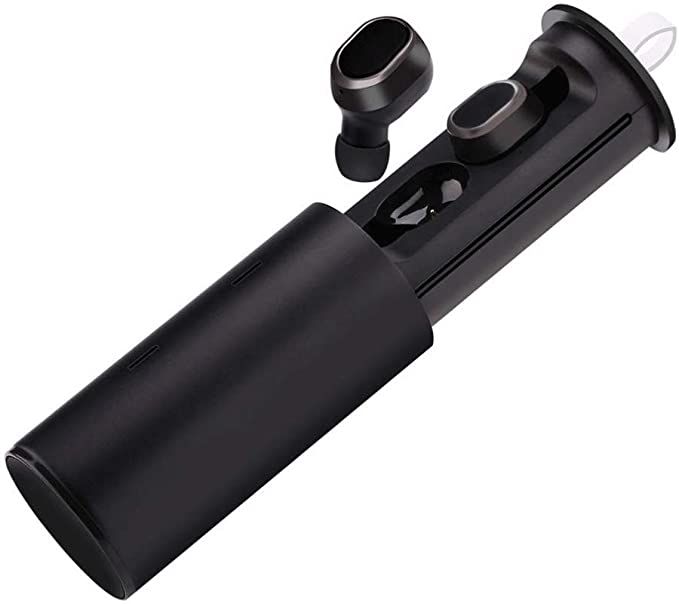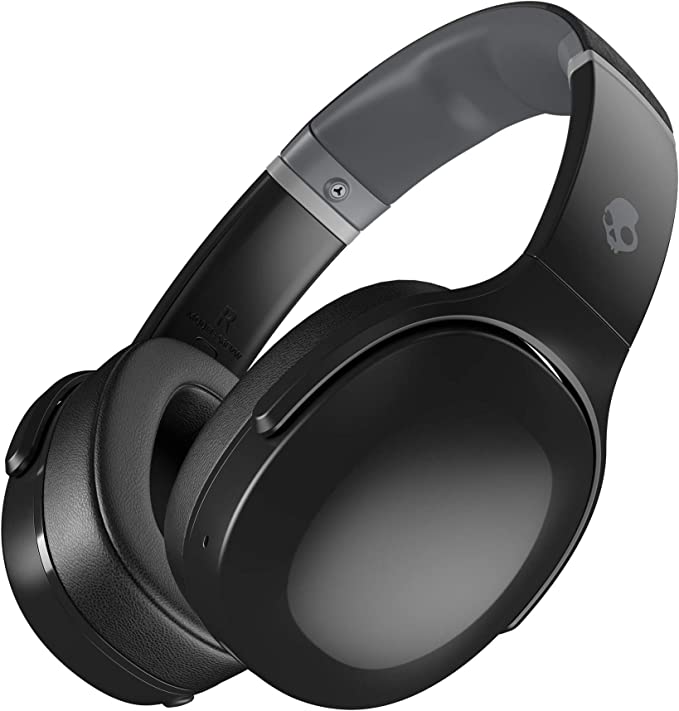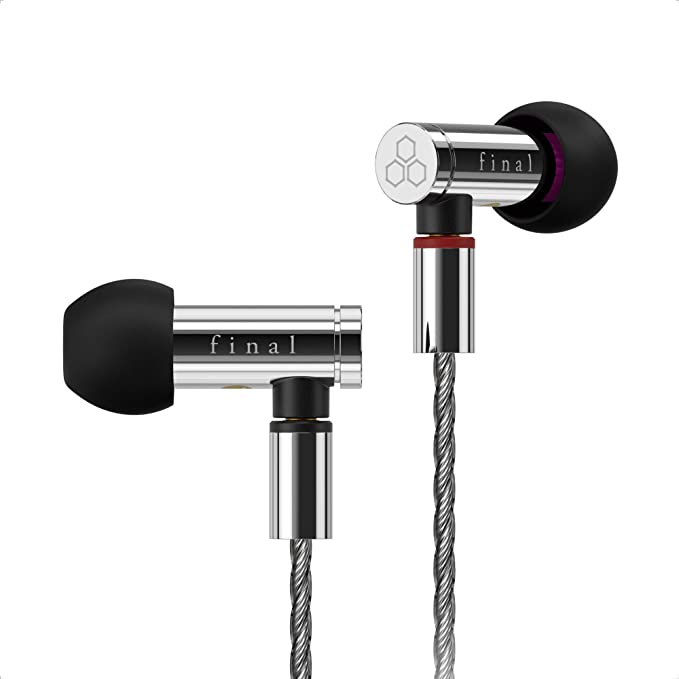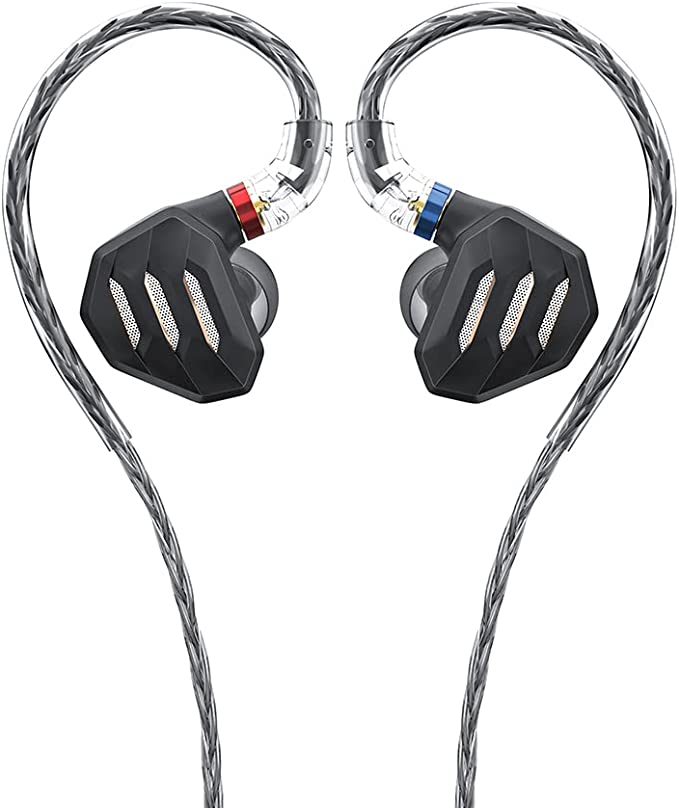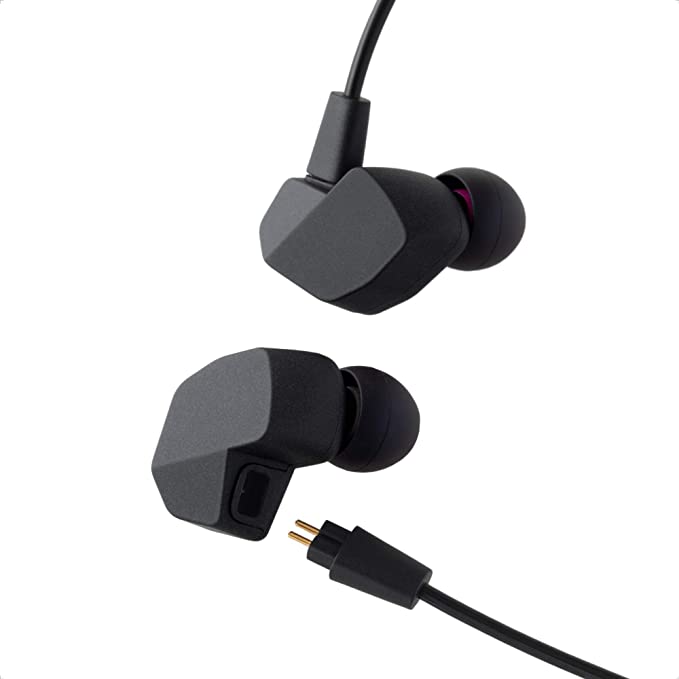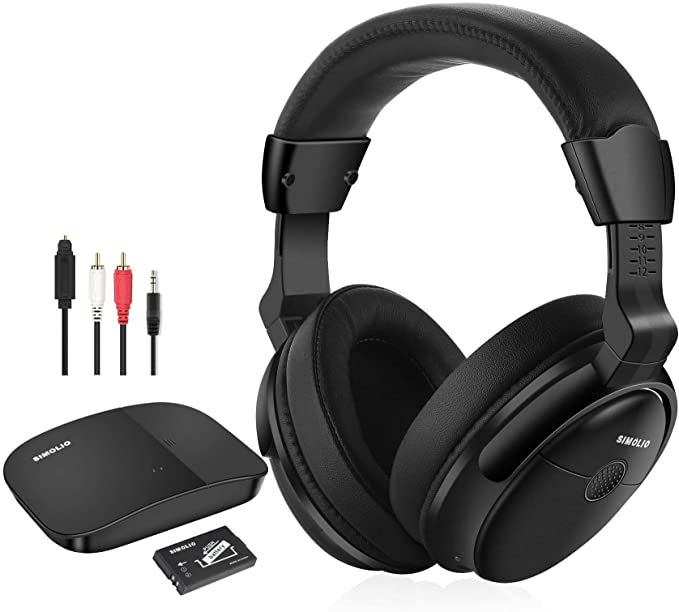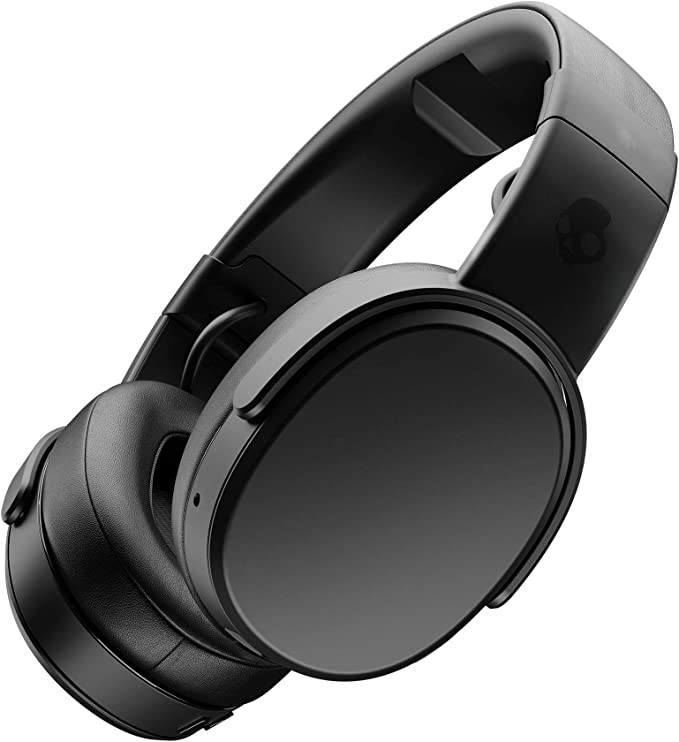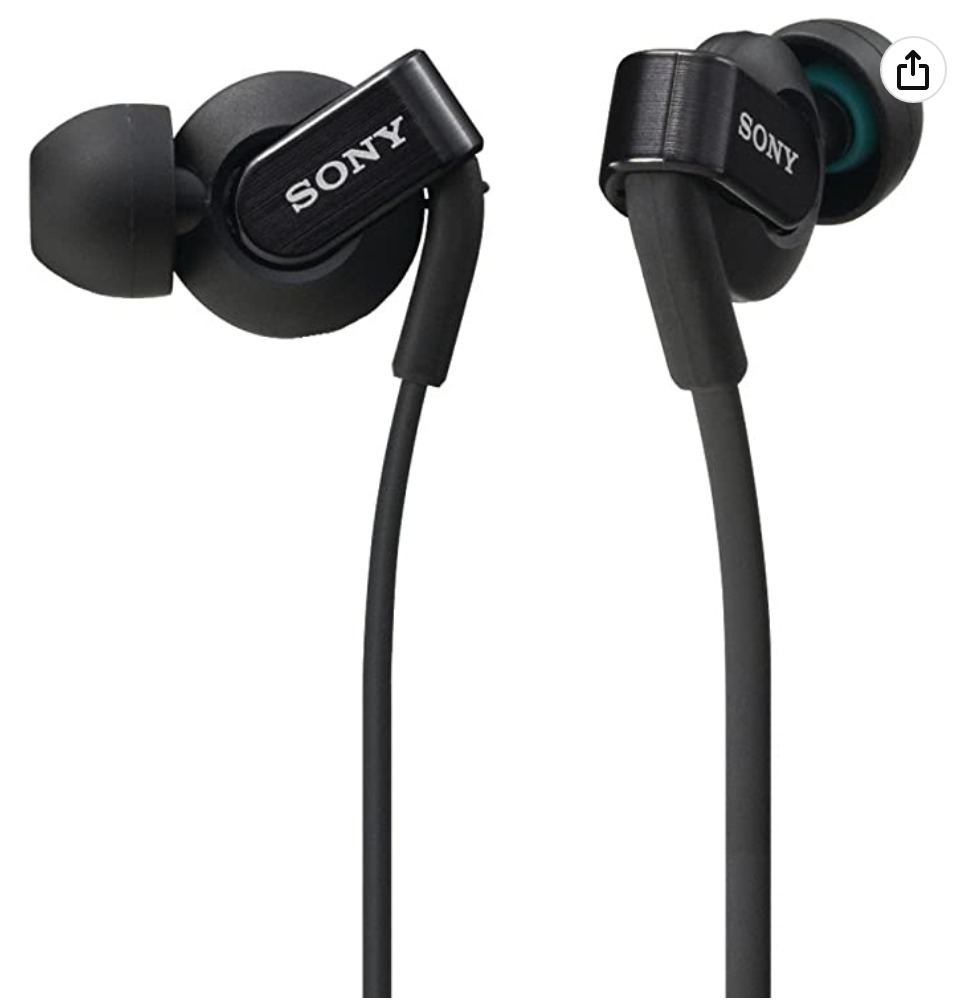Audio-Technica ATH-M20X Professional Studio Monitor Headphones
Update on July 2, 2025, 6:01 a.m.
The Sonic Microscope: Why Studio Headphones Chase Truth, Not Beauty
Leo slumped back in the driver’s seat, the silence in his car deafening. He’d just played his new song for a friend, the track he had spent weeks perfecting in his bedroom studio. On his trendy, bass-heavy headphones, it was a masterpiece—a thunderous kick drum, a deep, enveloping bassline, and soaring vocals. But through the car’s speakers, the magic vanished. The kick drum was a dull thud, the bass was a muddy swamp, and the vocals sounded thin and lost. It was the creator’s recurring nightmare: the great translation disaster. His meticulously painted landscape had turned into a charcoal smudge. The problem wasn’t his song. It was the window he was looking through.

In the world of audio, there are two fundamentally different philosophies. The first, which dominates the consumer market, is about flattery. It’s a beautiful, stained-glass window that bathes everything in warm, exciting colors, often by scooping out the middle frequencies and boosting the bass and treble. It’s fun, but it’s a fantasy. The second philosophy is that of the recording studio. It is the pursuit of the clean, unforgiving mirror. This is the world of the studio monitor, and for a budding creator like Leo, stepping into it for the first time can be a jarring revelation.
On a friend’s advice, Leo acquired his first pair of proper studio headphones, the Audio-Technica ATH-M20x. Plugging them in, his first reaction was a wave of disappointment. The sound felt… plain. Anemic, even. The visceral punch of his favorite tracks was gone, replaced by a clarity that felt almost sterile. This is a near-universal experience, and it’s deeply rooted in the science of how we hear. Our ears are not linear instruments. As defined by the ISO 226:2003 standard, which refines the pioneering work of Fletcher and Munson, human hearing is most sensitive to mid-range frequencies—the range of the human voice. To compensate, consumer headphones often exaggerate the lows and highs to sound immediately impressive. Studio monitors refuse to play this game. Their goal is not to impress, but to inform.

The true “aha!” moment came when Leo, reluctantly, played his own disastrous mix through the M20x. He leaned in, and his world tilted. He heard everything. The almost inaudible 60-cycle hum from his guitar amplifier. A harmony vocal that was just a few cents flat in the second chorus. He heard, for the first time, that his mighty kick drum and his deep bassline were occupying the exact same frequency range, locked in a muddy, indistinct wrestling match. It was painful. Every mistake he had made, every shortcut he had taken, was laid bare under the harsh, neutral light. But beneath the pain, a new feeling emerged: control. He was finally seeing the complete picture. He was no longer just a listener; he was a diagnostician.
How does a device like the ATH-M20x transform from a simple listening tool into a sonic microscope? It’s not one single feature, but a convergence of deliberate engineering choices, each serving the singular goal of accuracy.

Think of the 40mm driver as the microscope’s objective lens, responsible for magnifying the image. Its power comes from two key pieces of material science. The first is the Neodymium magnet, a modern rare-earth magnet that creates an intensely strong and stable magnetic field. This allows for meticulous control over the driver’s movement, ensuring the “image” is sharp and free of distortion. The second is the Copper-Clad Aluminum Wire (CCAW) voice coil. This hybrid material is a marvel of efficiency; the aluminum core makes it incredibly lightweight, allowing it to react to the audio signal with lightning speed, while the copper cladding ensures excellent conductivity. Governed by the principles of Faraday’s Law of Induction, this lightweight coil can trace the finest details of high-frequency sounds—the subtle breath of a singer, the crisp decay of a hi-hat—that a heavier, clumsier coil would simply blur.
This powerful lens, however, needs a stable platform to be effective. The circumaural, closed-back design of the M20x provides just that. By completely enclosing the ear, it acts as the microscope’s stage and shield, creating a pocket of acoustic isolation. This passive noise isolation is crucial; it prevents the ambient sounds of the room from contaminating the “specimen” and stops the headphone’s sound from leaking out and into a live microphone during a recording session. It creates a quiet, focused environment for critical listening.
Finally, every microscope needs a fine-focus knob. In the M20x, this is achieved through its careful tuning and electrical characteristics. Its frequency response is balanced, ensuring no single part of the audio spectrum is artificially hyped. Its 47-ohm impedance is a deliberate choice, making it a perfect match for the clean, stable power provided by professional audio interfaces and mixing consoles. This proper impedance matching ensures the signal driving the “lens” is pure, allowing for the most accurate and controlled performance.

Armed with this unforgiving tool, Leo returned to his mix. It was no longer a process of guesswork. He could now perform sonic surgery, using his equalization tools to carve out distinct spaces for the kick and the bass. He could pinpoint the offending frequency in his vocal track and gently tame it. The work was harder, more exacting, but the result was transformative. When he finished, he tested the new mix in his car, on his friend’s speaker, on his laptop. It sounded consistent, powerful, and clear everywhere. It sounded like his song.
He had learned the fundamental lesson of creative craftsmanship. The most valuable tools are not those that flatter our work, but those that reveal its truth. In a world saturated with filters and enhancements, the humble studio monitor stands as a testament to the power of unvarnished reality. It is a legacy that stretches back to the earliest days of recording, a tool designed not for passive enjoyment, but for active creation. For any artist, musician, or creator dedicated to their craft, looking into that clean, unforgiving mirror isn’t just a technical step; it’s an act of artistic integrity.
